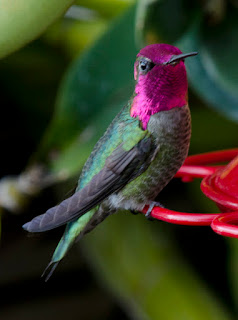Pacific Grey Whale, Eschrichtius robustus, spyhopping for the tourists. This one even opened his mouth and sported a toothy grin. Needless to say, the Grey Whale Migration happens every Winter, regardless of weather or the latest event, Superbowl or not, and the people that went out this Sunday were treated to a special view!
Grey whales are baleen whales, using their baleen combs to filter out krill, shrimp and small fish. Every December, they migrate annually from Alaska down through Mexico where they calve before returning north around March, young calves in tow. Grey whales once also populated the Altantic ocean, however, it is believed that human hunting has largely eliminated them from the Atlantic (as well as from the Asian coast of the Westerm Pacific where they is critically endangered).


































